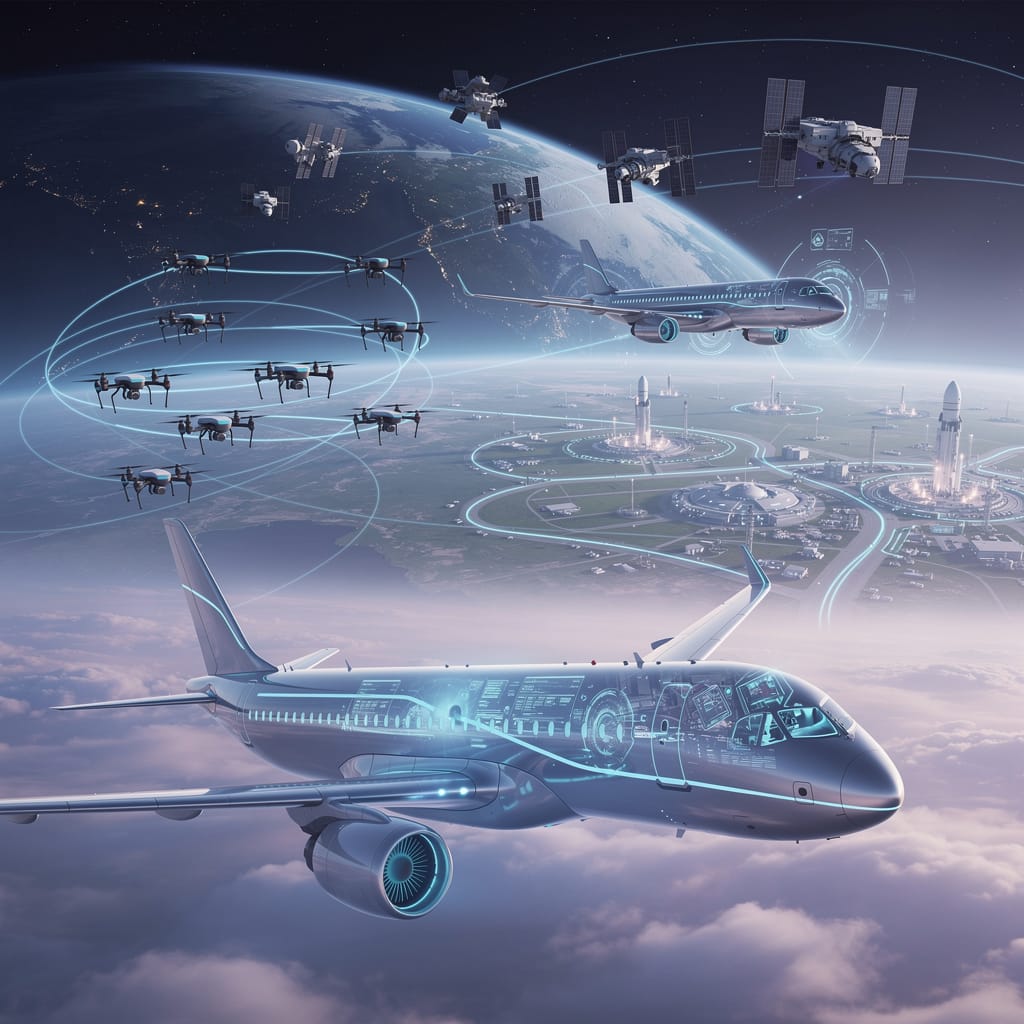Balancing Automation with Human Autonomy and Shifting Dynamics in the Workforce
The rapid advancements in robotics and AI have led to an increased integration of these technologies in various industries. While automation brings efficiency and innovation, there’s a growing concern about the potential for excessive dependency on robots and AI.
Balancing Efficiency with Autonomy
The rise of robots and AI has the potential to revolutionize industries, streamlining processes, and increasing productivity. However, it’s essential to strike a balance between leveraging these technologies for efficiency while maintaining human autonomy and critical thinking.
Risk of Skill Erosion
As AI-powered robots handle more tasks traditionally done by humans, there’s a risk that certain skills might erode over time. Human intuition, creativity, complex decision-making, and emotional intelligence are aspects that AI might struggle to replicate. Overdependence on robots might lead to a decline in these human-specific skills.
Preserving Human Judgment
While robots and AI excel in data-driven tasks, human judgment is irreplaceable in situations that require context, empathy, and ethical considerations. Maintaining the ability for humans to make critical decisions ensures that ethical and moral dimensions are upheld.
Ethical Concerns and Accountability
Overreliance on robots and AI can raise ethical concerns, particularly in situations where mistakes or failures occur. Determining accountability becomes complex when automated systems are responsible for decisions that have far-reaching consequences.
Resilience and Adaptability
Human adaptability is a hallmark of our species. An excessive reliance on robots and AI might hinder our ability to adapt to unexpected changes or situations that lie outside the scope of automated systems.
Strategies for Balance
- Continuous Learning: Encouraging ongoing education and learning, especially in fields that are at risk of automation, ensures that individuals remain adaptable and relevant in the changing landscape.
- Upskilling: Investing in upskilling programs equips workers with the skills needed to work alongside robots and AI. This enables them to focus on tasks that require uniquely human qualities.
- Human-AI Collaboration: Promoting collaboration between humans and AI is key. Humans can leverage AI as a tool to enhance their capabilities rather than replace them.
- Critical Thinking: Emphasizing critical thinking, creativity, and problem-solving as integral parts of education prepares individuals to complement AI in decision-making processes.
- Ethics and Responsible AI: Ensuring that robots and AI are developed with ethical guidelines, transparency, and accountability in mind mitigates the risks associated with automation.
- Human-Centered Design: Designing AI interfaces that empower humans to understand and control AI systems ensures that humans remain central to the decision-making process.
While robots and AI hold immense potential, maintaining a healthy balance between automation and human autonomy is crucial. By nurturing uniquely human qualities, promoting continuous learning, and approaching automation with ethical considerations, we can ensure that technology serves as an augmentation of human potential rather than a replacement.

How can AI empower our humanity
AI has the potential to significantly enhance various aspects of human life and capabilities. Here’s how AI can make humans better:
- Decision-Making and Problem-Solving:
AI can analyze vast amounts of data quickly and provide insights that humans might overlook. This aids in informed decision-making and problem-solving across industries, from healthcare and finance to research and innovation.
AI can tailor educational experiences to individual learning styles and paces. This enhances the effectiveness of learning and helps individuals acquire knowledge and skills more efficiently.
3. Healthcare Advancements:
AI assists in early disease detection, personalized treatment plans, and drug discovery. This leads to improved patient outcomes, reduced medical errors, and more efficient healthcare systems.
4. Productivity and Automation:
AI automates repetitive tasks, freeing up humans to focus on creative and complex endeavors. This boosts productivity and allows individuals to dedicate time to tasks that require critical thinking.
5. Accessibility:
AI-driven technologies, like speech recognition and text-to-speech tools, make information and communication accessible to individuals with disabilities, fostering inclusivity.
6. Scientific Discovery:
AI accelerates scientific research by processing and analyzing massive datasets, helping researchers make breakthroughs in fields such as astronomy, genomics, and particle physics.
7. Creativity and Artistry:
AI-generated art, music, and literature open new avenues for creative expression. Artists can collaborate with AI to produce unique and imaginative works.
8. Personal Assistance:
AI-powered virtual assistants aid in managing schedules, setting reminders, and finding information quickly. This enhances efficiency and reduces cognitive load.
9. Environmental Conservation:
AI analyzes environmental data to predict natural disasters, monitor pollution, and optimize resource management. This contributes to sustainability and mitigates environmental challenges.
10. Mental Health Support:
AI-powered apps offer mental health support by providing resources, tracking mood patterns, and offering interventions, thereby enhancing emotional well-being.
11. Language Translation and Communication:
AI facilitates global communication by translating languages in real time, breaking down language barriers and promoting cross-cultural understanding.
12. Innovations in Industry:
AI-driven innovations lead to new products and services that improve quality of life, from self-driving cars to smart cities and advanced manufacturing techniques.
13. Exploration and Space Research:
AI aids space exploration by analyzing data from space probes and telescopes, facilitating discoveries about the cosmos.
14. Public Safety:
AI assists law enforcement with predictive policing and emergency response, enhancing public safety and crisis management.
15. Personal Health Monitoring:
AI-powered wearables and health apps track vital signs, encouraging healthier lifestyles and early intervention.
In essence, AI has the potential to amplify human capabilities, enabling us to tackle challenges, make better decisions, and innovate in ways that were previously unimaginable. However, responsible development, ethical considerations, and a collaborative human-AI approach are essential to harnessing AI’s potential for the betterment of humanity

Shop Corner
Future of AI in robots On Amazon
Thank you for questions, shares and comments!
Share your thoughts or questions in the comments below!
Source OpenAI’s GPT language models, Fleeky, MIB, & Picsart





